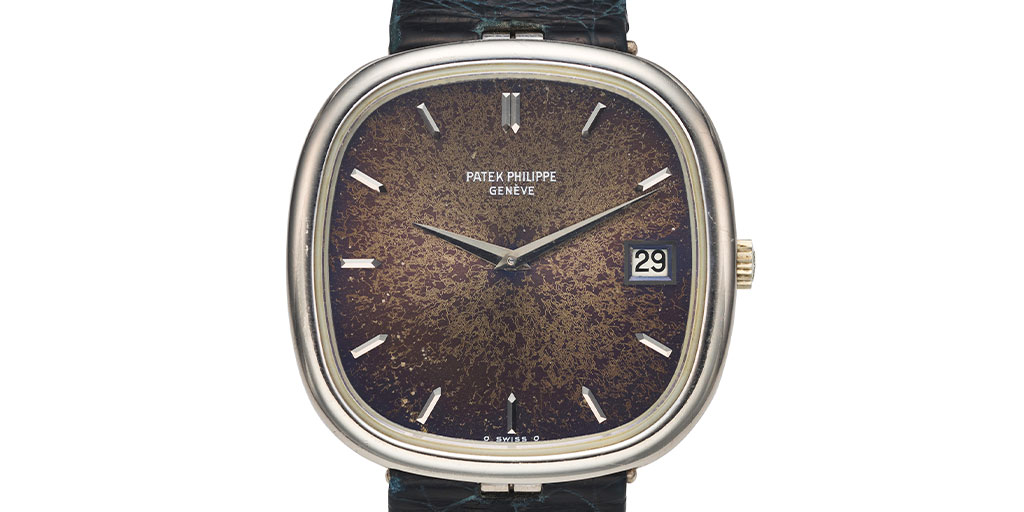As many collectors will attest, the dial is one of the most valuable parts of a vintage watch. In most cases, a watch with an original, pristine dial will fetch a significantly higher price than a dial with wear. There are of course, exceptions and many collectors search for dials with imperfections that only time can achieve. The natural, dial patina is often what can initially differentiate an untouched to a restored or refinished watch. Nowadays, collectors are correctly very cautious about unnecessary restoration. The dial patina should be commensurate with the aging of the hands, markers, and case (a good indication if the hands have been replaced is if they don’t match the natural patina or vice versa). A watch that is 50 or 100 years old, should show some aging.

There are examples of when imperfections on a vintage dial can add a premium to the value of a watch. These imperfections are the result of time and the environment in which the watch lived its life. If a watch was worn regularly in a hot, sunny climate, yellowing of the dial is not uncommon. If the watch was worn regularly in a humid climate, oxidation due to the additional moisture in the atmosphere can result in some unusual and unique finishes. A ‘tropical’ dial is a typical description of such dials and considered a rarity in the collector world as these tend to be the exception rather than the rule. Sunshine and high humidity can also activate and accelerate the fading process – a blue gold Ellipse dial can in rare circumstances turn a purple/brown color, a black Nautilus dial can occasionally turn brown.

Collectors treasure tropical dials because their unique coloration can only be acquired through age and the right conditions. This type of dial is sometimes referred to as a “Patrizzi” dial after the auction world legend, Osvaldo Patrizzi who first drew positive attention to dial discoloration, mainly for Rolex Daytonas.

But why does ultra-violet rays and humidity affect some dials and not others. A lot depends on how the original owner used the watch and a varnish called Zapon. Many prestige watch brands like Patek and Rolex used this naturally derived varnish to coat dials to protect them from corrosion. However, Zapon can react with moisture and the dial base (in the case of Patek watches, they were usually made of silver).

The varnish is made of viscous or sticky nitrocellulose in a volatile solvent such as amyl acetate. This type of coating was first produced in 1892 by Crane and used by Patek well into the 1970s. Nitrocellulose varnish is porous, which means that oxygen and moisture can get through to the metal beneath and begin oxidization of the dial beneath the varnish. This type of varnish has a highly transparent finish that can be embossed and mill-cut, and has impressive leveling properties while being resistant to heavy mechanical and thermal stress.

Modern varnishes, like polyurethane which are used today, are nearly impenetrable, and don’t allow oxygen and moisture to interact with the dial’s surface or base. The rarity of discolored or tropical dials is something unique to vintage watches. Modern watches are unlikely to age in a similar way as advancements in varnish means that moisture or humidity getting into the dial will not have the same effect.

A beautifully aged, unusual dial color must be earned over time and with natural conditions. However, there is a fine line between damaged and aged so it is always worth having an expert look at a watch dial you might be interested in purchasing. However, as with every watch, buy what you love and if a dial is imperfect enjoy the experience of what the Japanese refer to as Wabi Sabi – the art of finding beauty in imperfection.
September 12, 2023



